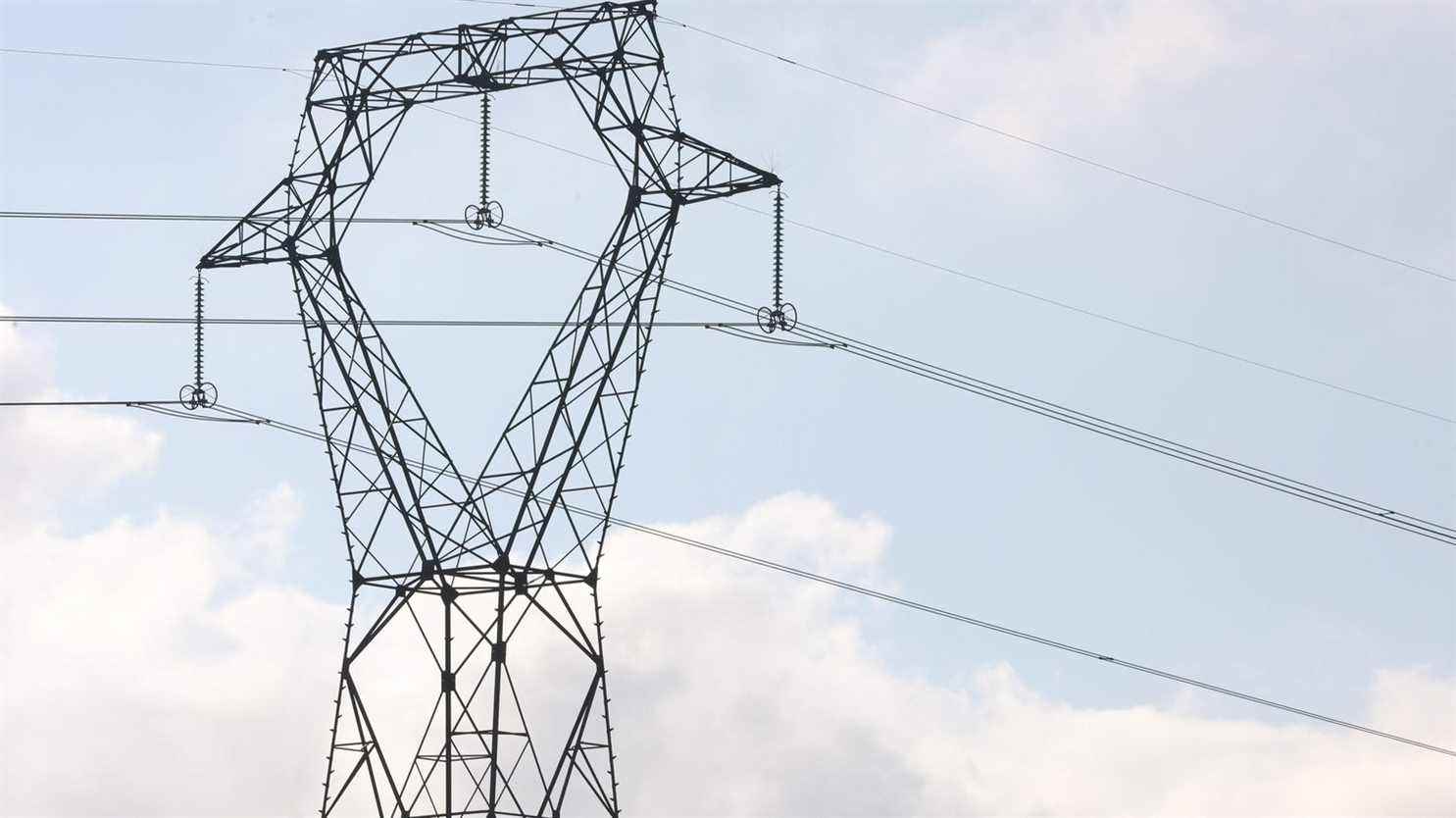This is not the first time that the French have been called upon to save energy now, in the midst of the war in Ukraine. From the first oil shock of 1973, France lived to the rhythm of measures and slogans intended to control energy consumption.
It all started at the end of 1973, when the population was stupefied by the embargo of the oil-producing countries and by the rise in barrel and fuel prices. “I appeal and we appeal above all to this virtue, traditional it seems of the French people, which is the spirit of economy. Let’s save gasoline, let’s save electricity, let’s save heating”declared the President of the Republic.
A few days before this intervention by President Georges Pompidou, the speed limit on the motorway is 120 km/h. To consume less electricity, television programs stop at 11 p.m. and store lights go out at 10 p.m. But this is only the beginning. Faced with oil prices that will never go down again, the new president Valéry Giscard d’Estaing created the Agency for Energy Savings in 1974. In 1976 comes an advertising campaign whose slogan will become an expression for decades: “In France, we don’t have oil, but we have ideas.”
That year, the State also imposed by law the thermal insulation of new buildings, whether housing or buildings that accommodate the public. And on March 26, 1976, summer time was put in place to try to save more electricity, because fossil fuels remained the majority in its production. Nuclear is just getting started.
In 1977, on television, the presenter Roger Gicquel launched an experiment to show viewers the impact of their daily actions on national electricity consumption. At the EDF distribution headquarters, a reporter notes on a large meter the drop in consumption for the whole of France. “It’s very clear, the needle has passed zero, that is to say the production-consumption balance, and is starting to climb briskly to the thousands of kilowatts, but thousands of kW of savings. We are at 175 thousands of kW, therefore the equivalent of the consumption of a city like Nice.”
But the French are not at the end of their troubles. In 1979, the Iranian revolution caused oil prices to take off again, which doubled. This is the second oil shock. It was at this time that the government launched the hunt for waste. The French are asked to drive flexibly, to avoid over-revving, to prefer economical cars and to pay attention to their heating. On October 15, 1981, on the screens of the JT is displayed a rather special map of France with the temperatures of the day and the geographical areas where it is advisable to connect the heating and other areas where it should not be connected.
In the administrations, the ministries or even at the Elysée, the heating must not exceed 19 degrees. The journalists observed on the spot if the instructions were followed. “Today we accompanied an official temperature readerthey say. The palm of energy saving went this afternoon to the Elysée. 16.8 degrees noted among close associates of the president. 16.8 degrees: the report did not say at the time if Valéry Giscard d’Estaing was housed in the same boat as his advisers.
